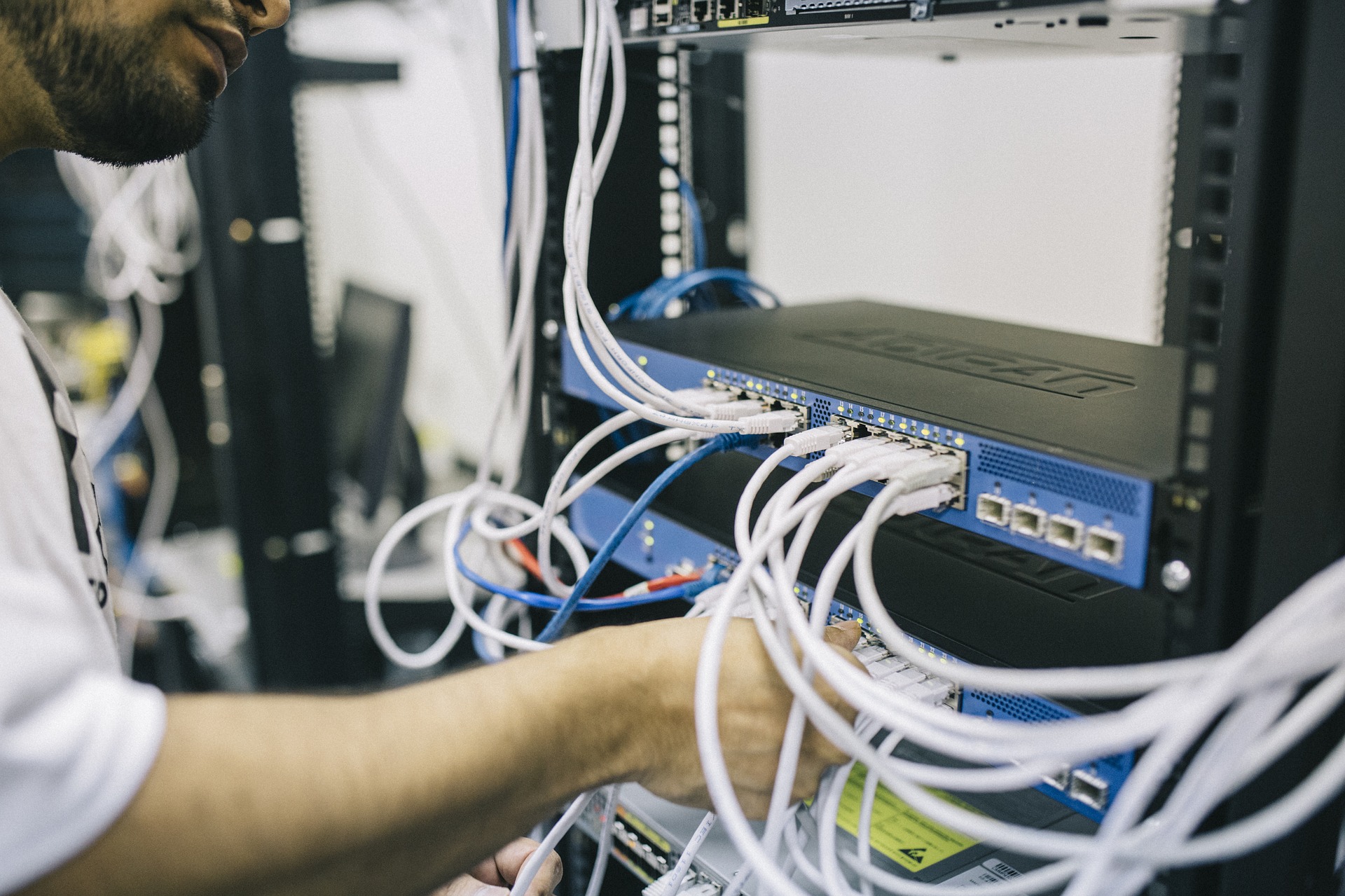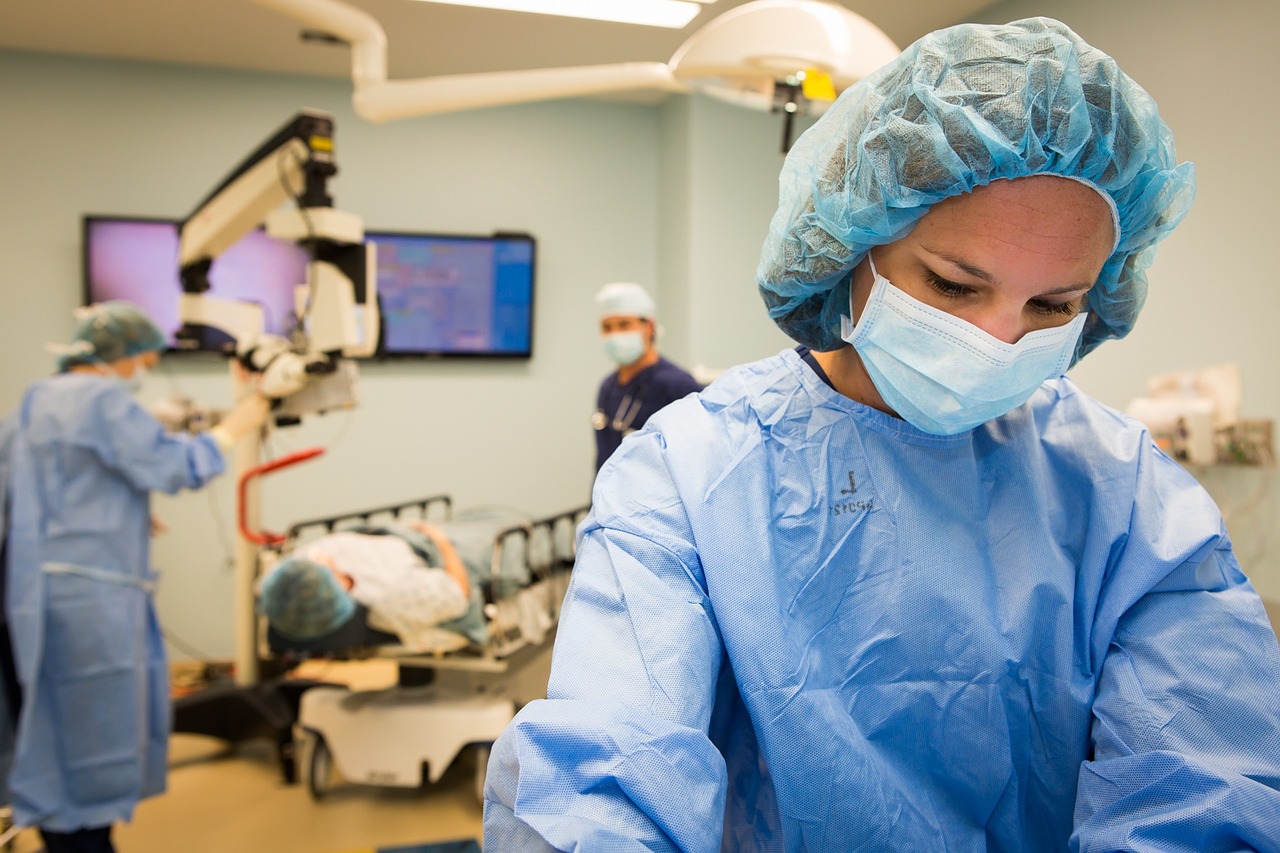There are a number of reasons why it is a beneficial step in IT certifications to learn Linux. Not only is it advantageous for personal knowledge and use but it is becoming increasingly valuable to have learned Linux rather than just having a Microsoft certification. Having the ability to work with and fix both is highly desirable and will stand out to industries of all kinds. It’s becoming a lot more popular because of its user-friendly accessibility and continuously improving and updating their systems. Another reason it’s great to learn Linux is there are no prerequisites involved, however, it adds to your IT Degree! IT’s become obvious that students and professionals who can confidently write Linux code also have the ability to write their own ticket to a great long-term job. Studying in the classroom offers an opportunity to excel through the basics of Linux swiftly as well as providing graduates with credible knowledge. Linux is no simple software running the supercomputers of the world, data centers, smartphones, financial institutions, stock exchanges – the list goes on. Being so heavily relied upon it is becoming a literacy of the future.
WHAT IS LINUX?
When you take off all the fancy coating Linux is an operating system. An operating system is a type of software built into computers that allow operator and applications to access the devices on the computer so to perform desired functions. An operating system is the first component of software that the computer accesses when the machine is turned on. Essentially an operating system transfers digital instructions from applications to things like the computer processor. There are five main functions that the operating system carries out. A memory manager to supervise the RAM systems and clear virtual memory space. A disk administrator to create and maintain the directories for files. Network director to control all data moving between the computer and the network. A security manager to protect the information inside computer files and oversee who has access to usage. Lastly, the OS service manager that controls the keyboard, mouse, video display, printers, and other accessories.





